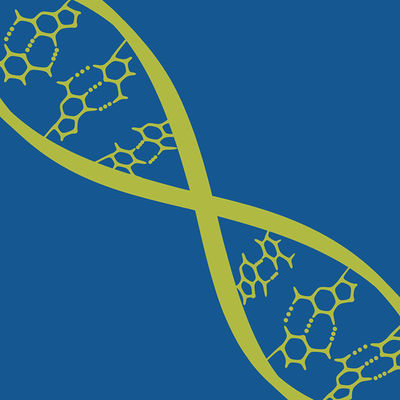Request Demo
Last update 08 May 2025
NINJ1
Last update 08 May 2025
Basic Info
Synonyms Nerve injury-induced protein 1, NIN1, NINJ1 + [4] |
Introduction Effector of various programmed cell death, such as pyroptosis and necroptosis, which mediates plasma membrane rupture (cytolysis) (PubMed:33472215, PubMed:36468682, PubMed:37196676, PubMed:37198476, PubMed:38614101). Oligomerizes in response to death stimuli and forms ring-like structures on the plasma membrane: acts by cutting and shedding membrane disks, like a cookie cutter, leading to membrane damage and loss that cannot be repaired by the cell (PubMed:38614101). Plasma membrane rupture leads to release intracellular molecules named damage-associated molecular patterns (DAMPs) that propagate the inflammatory response (PubMed:33472215, PubMed:36468682, PubMed:37196676, PubMed:37198476). Mechanistically, mediates plasma membrane rupture by introducing hydrophilic faces of 2 alpha helices into the hydrophobic membrane (PubMed:37198476, PubMed:38614101). Induces plasma membrane rupture downstream of Gasdermin (GSDMA, GSDMB, GSDMC, GSDMD, or GSDME) or MLKL during pyroptosis or necroptosis, respectively (PubMed:33472215, PubMed:36468682, PubMed:37196676, PubMed:37198476). Acts as an effector of PANoptosis downstream of CASP1, CASP4, CASP8 and RIPK3 (By similarity). Also induces plasma membrane rupture in response to cell swelling caused by osmotic stress and ferroptosis downstream of lipid peroxidation (By similarity). Acts as a regulator of Toll-like receptor 4 (TLR4) signaling triggered by lipopolysaccharide (LPS) during systemic inflammation; directly binds LPS (PubMed:26677008). Involved in leukocyte migration during inflammation by promoting transendothelial migration of macrophages via homotypic binding (By similarity). Promotes the migration of monocytes across the brain endothelium to central nervous system inflammatory lesions (PubMed:22162058). Also acts as a homophilic transmembrane adhesion molecule involved in various processes such as axonal growth, cell chemotaxis and angiogenesis (PubMed:33028854, PubMed:8780658, PubMed:9261151). Promotes cell adhesion by mediating homophilic interactions via its extracellular N-terminal adhesion motif (N-NAM) (PubMed:33028854, PubMed:8780658, PubMed:9261151). Involved in the progression of the inflammatory stress by promoting cell-to-cell interactions between immune cells and endothelial cells (PubMed:22162058, PubMed:26677008, PubMed:32147432). Plays a role in nerve regeneration by promoting maturation of Schwann cells (PubMed:8780658, PubMed:9261151). Acts as a regulator of angiogenesis (PubMed:33028854). Promotes the formation of new vessels by mediating the interaction between capillary pericyte cells and endothelial cells (By similarity). Promotes osteoclasts development by enhancing the survival of prefusion osteoclasts (By similarity). Also involved in striated muscle growth and differentiation (By similarity).
Secreted form generated by cleavage, which has chemotactic activity (By similarity). Acts as an anti-inflammatory mediator by promoting monocyte recruitment, thereby ameliorating atherosclerosis (PubMed:32883094). |
Analysis
Perform a panoramic analysis of this field.
login
or

AI Agents Built for Biopharma Breakthroughs
Accelerate discovery. Empower decisions. Transform outcomes.
Get started for free today!
Accelerate Strategic R&D decision making with Synapse, PatSnap’s AI-powered Connected Innovation Intelligence Platform Built for Life Sciences Professionals.
Start your data trial now!
Synapse data is also accessible to external entities via APIs or data packages. Empower better decisions with the latest in pharmaceutical intelligence.
Bio
Bio Sequences Search & Analysis
Sign up for free
Chemical
Chemical Structures Search & Analysis
Sign up for free
